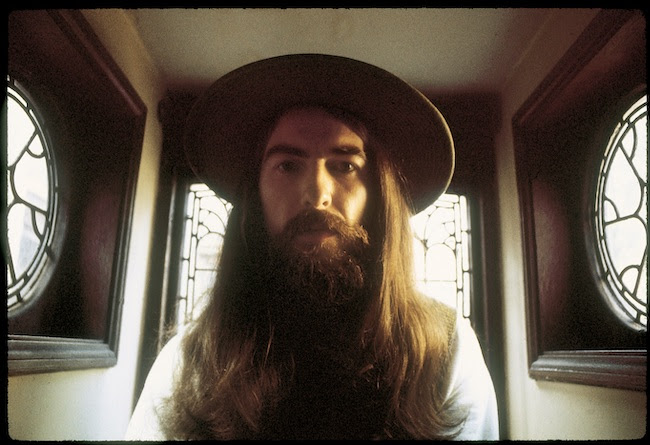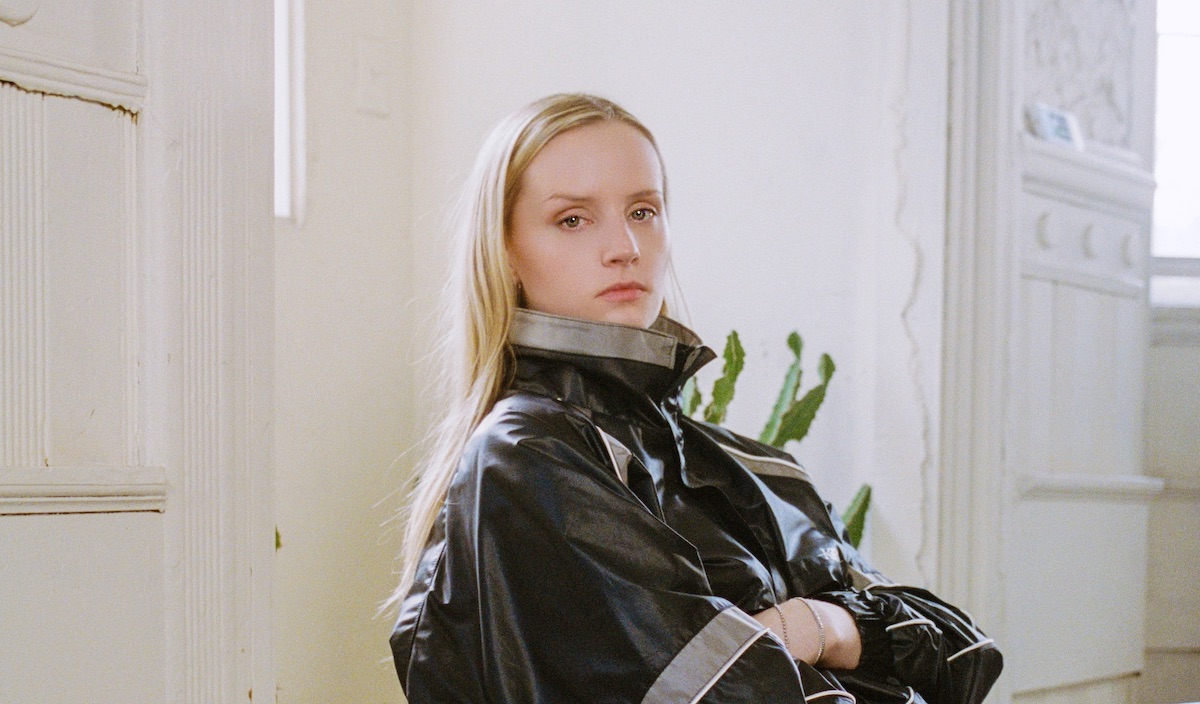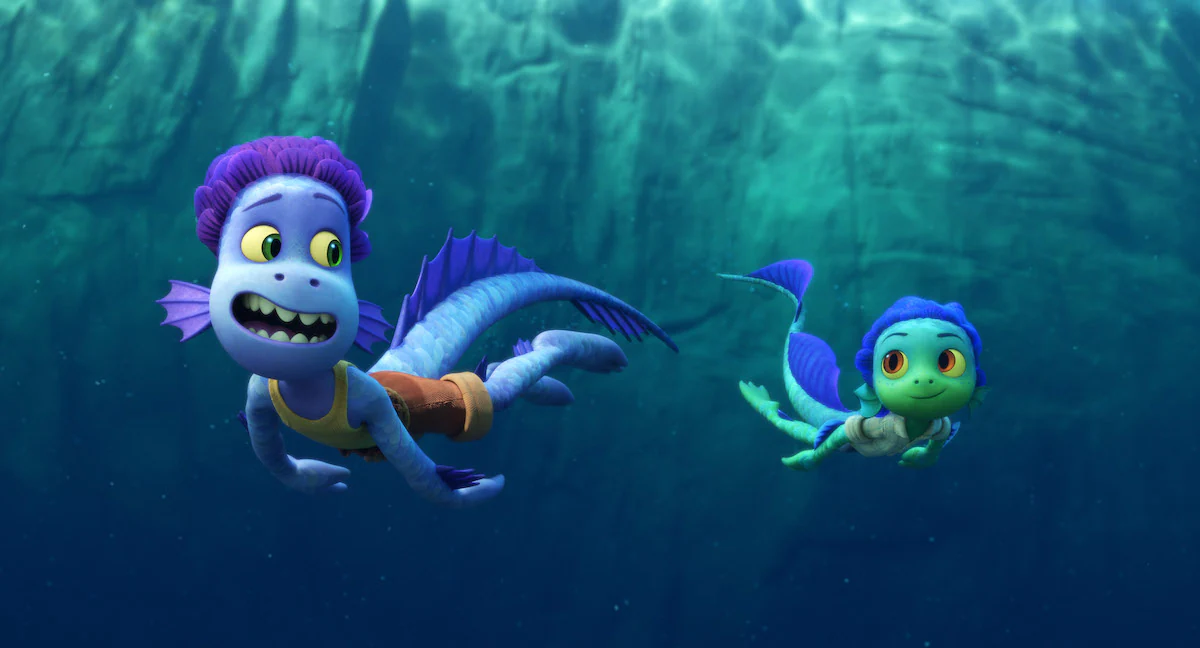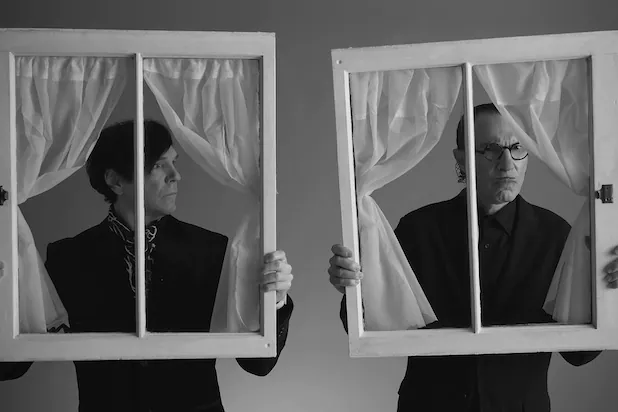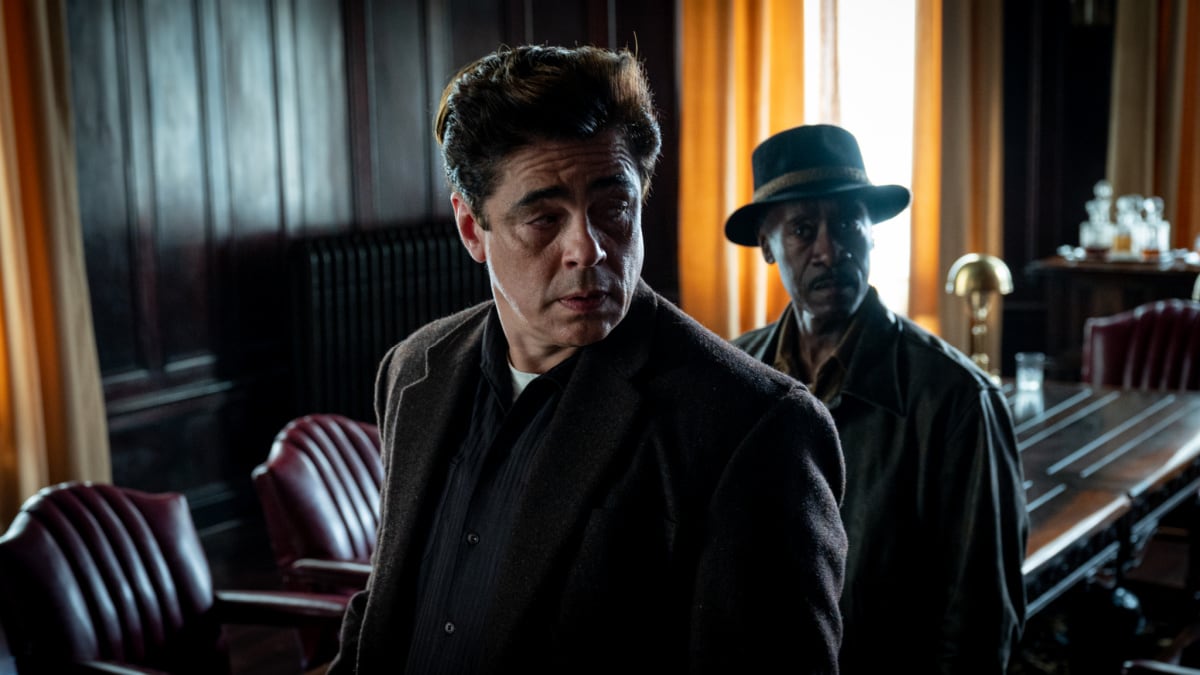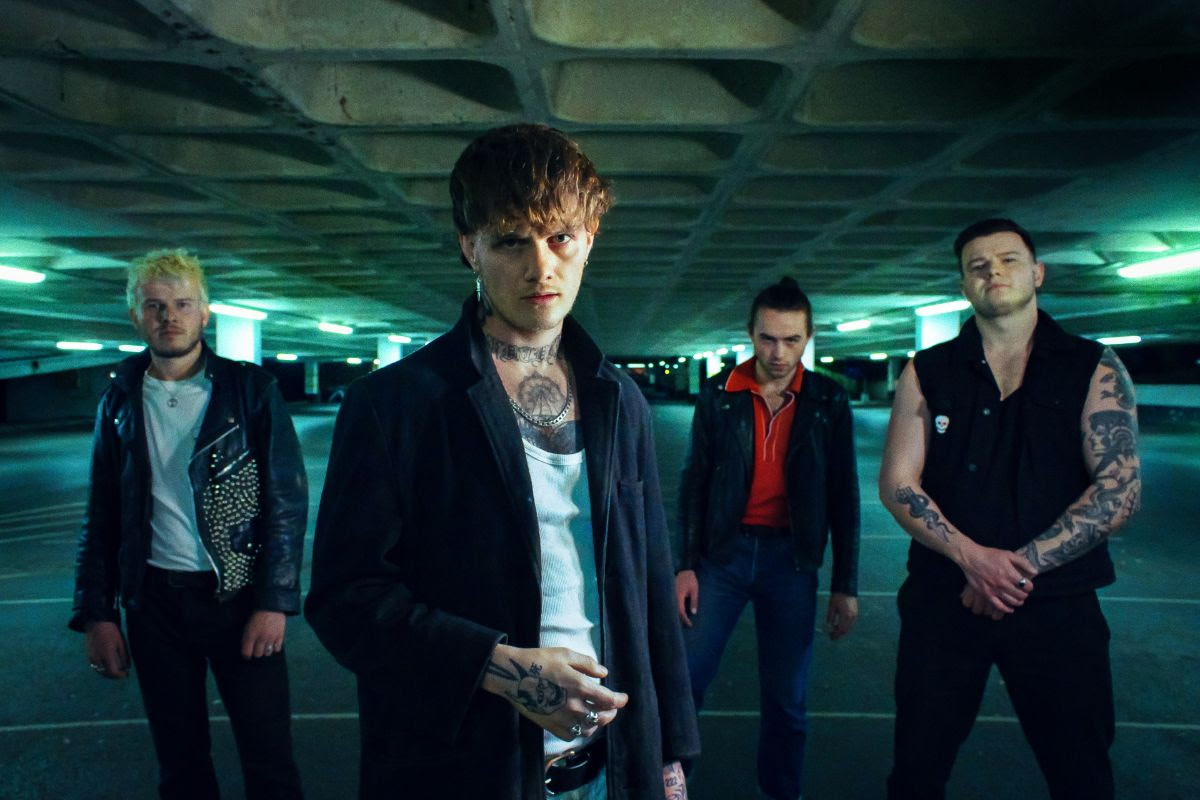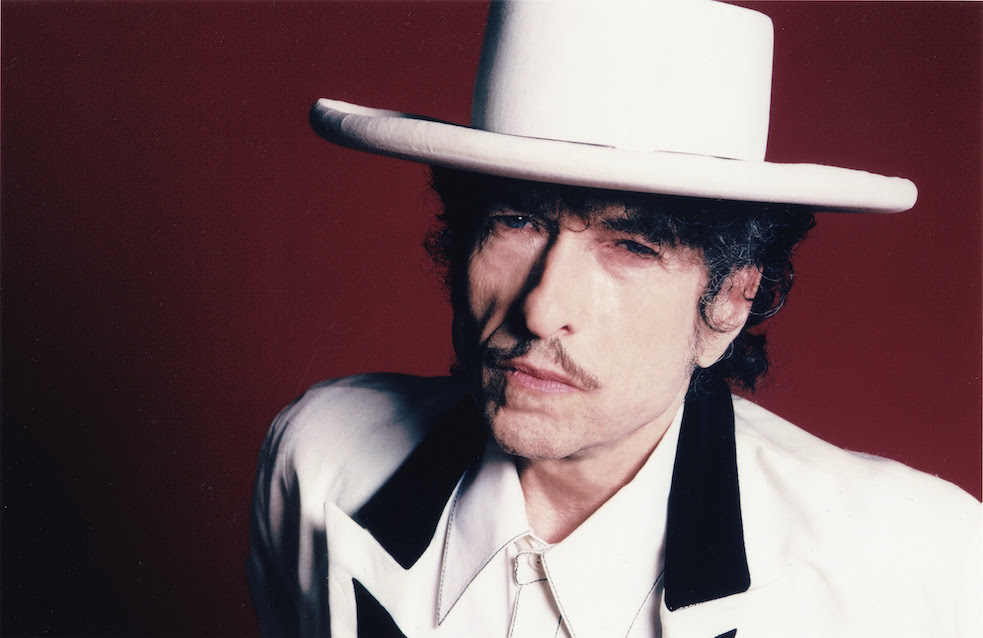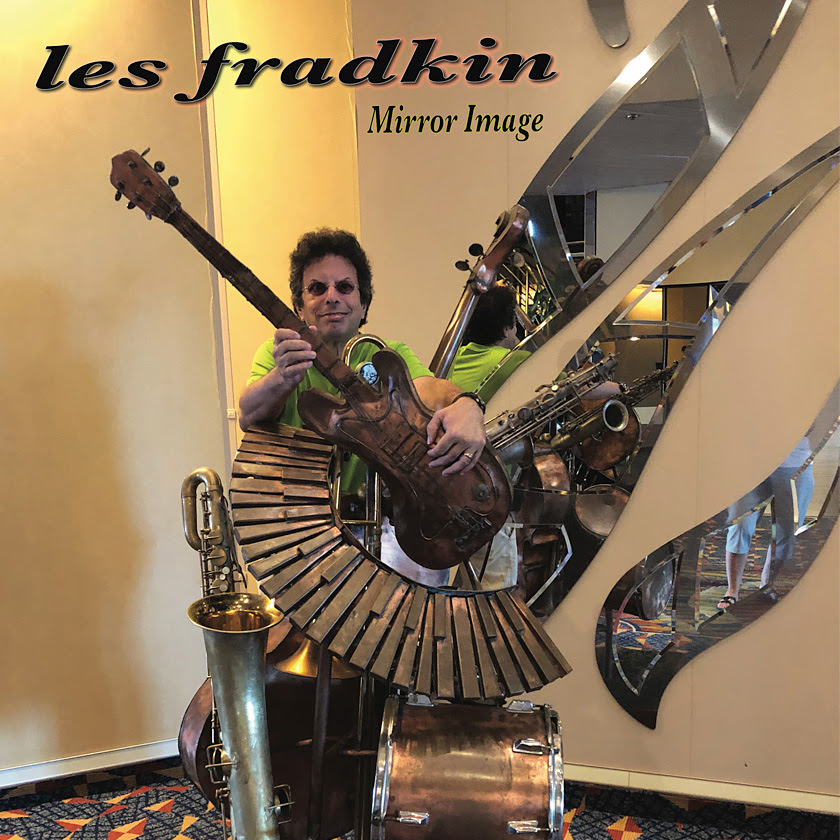Well, our favourites, at least…Formats come and go, but the importance of album artwork never truly dims.
Over 70 years on from the invention of the long player record, the album as a concept holds true, with a new generation embracing physical pressings.
While a plethora of visual options are available – from IG Live hang outs through to lavish music videos hosted on VEVO – there’s something about album artwork that holds a prime place in the imagination.
A direct visual representation of the music underneath, each generation has embraced and renewed the idea of album artwork having a meaning in its own right.
Clash writers picked out a few favourites, and we’ve tried to steer clear of those well-trodden paths – yes, we John Squire channelled Jackson Pollock for ‘The Stone Roses’, and Oasis went to Central London for ‘Definitely Maybe’. We’ve even read multiple interviews with the baby from ‘Nevermind’, too…
So, expect some lesser-heralded gems in this round up – but we’re not so obscure that we’ll pass up the odd classic or two…
Is your favourite not in here? Get involve in the debate on Twitter.
– – –
Butthole Surfers – ‘Locust Abortion Technician’
‘Locust Abortion Technician’ was the third album by uncategorisable Texan group Butthole Surfers, released in 1987 by Touch & Go / Blast First. Recorded by the ‘classic’ line-up of Gibby Haynes, Paul Leary, Jeff Pinkus, King Coffey and Teresa Nervosa, the album recorded at a rented house with an 8-track tape machine after the band concluded that regular studios were simply too limiting. The result was a beautiful, sprawling mess, with lumpen metal riffs, messy punk bursts, tape loops and heavy doses of psychedelic wonkiness.
The sleeve painting of two laughing clowns and a dog was painted by Brooklyn-born painter Arthur Sarnoff, best known for his wry comedic portrait ‘Jack The Ripper’ of a group of dogs playing pool. Sarnoff worked extensively as a commercial artist for major US commercial brands and magazines, and was as well known for painting pin-up models as he was dogs.
Sarnoff’s image for ‘Locust Abortion Technician’ was called ‘Fido And The Clowns’ and it’s a strangely unsettling image befitting a strangely unsettling album. We see glimpses of beautifully-detailed Americana (the boater hat on one clown, the derby on the other) we see intense and unbridled joy, but thereafter it just gets odd. Notwithstanding the clowns (anyone afflicted with coulrophobia should avoid this album), there’s the proportions: is this a very small dog? Or are these huge clowns? Why is everything on the right-hand clown pointing upwards (the feather, his finger, his painted eyebrows)? Why do the clowns have such perfect teeth?
It is surreal, baffling and unexplainable… just like everything Butthole Surfers have ever done. (Mat Smith)
– – –
The Avalanches – ‘Wildflower’
The Avalanches’ music is known for plundering other artists’ sounds and whisking them together, so it’s only right that their album covers do the same. Their immovable 2000 classic ‘Since I Left You’ sampled a portion of a 1920 Fred Dana Marsh painting for its maritime feel, and their celestial 2020 release ‘We Will Always Love You’ ran a photo of the creative director of the Voyager Golden Record project through a spectrogram.
‘Wildflower’ is the pick of the bunch, though, for revising the Stars and Stripes to add multicoloured flowers and their now-iconic butterfly logo. Its simplicity is what makes it so eye-catching, flowing as though it could be a GIF. Inspired by Sly and the Family Stone’s ‘There’s A Riot Going On’, Wildflower’s cover perfectly encapsulates the feeling of summer in a flag – nature, colour, sun, open air, and just a pinch of psychedelics. (Nathan Evans)
– – –
Burial – ‘Untrue’
No album cover better projects the mood of its record than Burial‘s ‘Untrue’.
The ultimate music nerd sad-hours album, its cover is a cold, metallic scene that chokes any notion of light-heartedness out with its steely architecture. Notice the pencilled-in tally marks on the left-hand side of the wall, which could nod to London’s graffiti culture or suggest a prison-like atmosphere. Then there’s the main subject, the enigmatic figure cross-hatched in as though he’s invisible to the rest of the world.
When making this album, Burial would drive around London in the dead of night to literally road-test his nocturnal 2-step beats, and this artwork feels like the aftermath of that – sitting In McDonalds at 5am with a coffee too hot to drink yet, reflecting pensively on the city the defines him. (Nathan Evans)
– – –
Travis Scott – ‘Jackboys’
This album artwork is so good, it makes you wish the music it covers isn’t so painfully bang-average. That’s right, this list isn’t just our favourite albums masquerading as an objective list like some publications.
Grainy photos are an easy way to make a photo look more artful, but the composition of the photo here is what truly entices. It feels like a window into the world of the album – a purple-sky street race far away from city feds, like an old Need For Speed game.
The muted colour palette does not eliminate how sleek the cars look in all their tuned-up glory, true to Travis Scott’s main appeal of evoking boyhood fantasies in real life. Whether it’s monster trucks, action figures, rollercoaster parks or street racing, Scott’s brand has always beamed from the covers he selects. (Nathan Evans)
– – –
Funkadelic – ‘Maggot Brain’
The artwork for Funkadelic’s third studio album ‘Maggot Brain’ encompasses the sonic mood of the record. Wailing vocal powerhouses over uber-funky melodies. A pinnacle for 1970s funk; ‘Maggot Brain’ is a where psychedelia meets deep earthly delights.
Most recognisable for the ten minute title track performed by guitarist Eddie Hazel, ‘Maggot Brain’ certainly feels like one of George Clinton’s greatest works – of which there are many. The opening monologue, written and performed by Clinton under the influence of LSD, takes the listener on a contemplative and emotional trip. The artwork of model Barbara Cheeseborough breaking through the dirt has an inviting magnetism – a record the listener feels compelled to reach for. (Amelia Lloyd)
– – –
King Gizzard & The Lizard Wizard – ‘Infest The Rat’s Nest’
A band equally as recognisable for their aesthetic vision as their musical, King Gizzard and the Lizard Wizard’s ‘Infest The Rat’s Nest’ has a mythical and dark album cover highly in keeping with the record. Created by the band’s resident artist Jason Galea, King Gizzard do the most for their album covers – and it shows. The process of creating the cover can be seen over on Galea’s Instagram; documenting the original pencil sketch, creating a sculpture, photographing and editing it into the brooding work of art it became.
Unafraid to transcend aesthetic boundaries, King Gizzard and the Lizard Wizard’s album artworks vary with each release. Capturing the lost essence of 1970’s album art, ‘Infest The Rat’s Nest’ is definitely up there with some of the most enticing album artwork seen in recent years. (Amelia Lloyd)
– – –
Flying Lotus – ‘Cosmogramma’
The exceptionally eclectic set of influences Flying Lotus draws on in ‘Cosmogramma’ are perfectly represented in its striking cover art.
Taken from the work of his art mentor Leigh McCloskey, it consists of complex lines and circles, abstract yet indicative of the album’s concept, which has been linked to lucid dreaming and psychedelics. Such an artwork is fitting for an album so maximalist, with tracks packed with sounds comprehensible only after a hundred listens. (Jack Oxford)
– – –
Metronomy – ‘The English Riviera’
With its bold, clean design, the cover of Metronomy’s third studio album ‘The English Riviera’ has become the band’s most iconic look. The simplified image of a palm tree in front of sand, sea and ever-stretching sky was adapted from a 1982 travel poster depicting the Devon coastline where Metronomy vocalist and multi-instrumentalist Joseph Mount was born. Originally designed by British graphic designer John Gorham, the travel poster’s colours have been deepened on the album cover and the text removed for a more modern look.
On the back, the band’s name and album title are written in a stylish vintage typeface from 1974 called ‘Penny Farthing’. By paying homage to 20th century designs, the art complements the album’s nostalgic tone and mirrors the sophisticated, laidback sound that the English quintet display in standout songs ‘The Bay’, ‘Everything Goes My Way’ and ‘She Wants’.
With its sleek, summery aesthetic and understated design, ‘The English Riviera’ stands up a decade after its release as an album cover that is both independently brilliant and perfectly accompanies the music inside. (Rebecca Sibley)
– – –
The Beatles – ‘Sgt. Pepper’s Lonely Hearts Club Band’
The Beatles were doing easter eggs before easter eggs were a thing. Featuring over 50 different figures, both past and present, this cover deserves a place on the list by merit of its sheer intricacy. The four live Beatles were positioned in front of a cast of cardboard cut-outs and figures (including wax versions of their younger Beatlemania selves to the left) in a shoot that seems almost unimaginably complex in the age of CGI.
The cover brings together high and low brow figures, including Edgar Allen Poe, Bob Dylan, and Karl Marx, mashing together poets, politicians, and The Beatles’ musical contemporaries. At this point, the group were reinventing themselves under a growing hippie influence, and this cover showcases the band’s desire to move forward while acknowledging their established importance to British musical culture.
The vinyl also comes with a set of carboard pop-outs including a moustache, badges, and The Beatles in their satin costumes. While the cover subverts pop culture, the pop-outs allow fans to partake in fandom even as The Beatles were questioning their role as British public figures. (Sasha Mills)
– – –
Bring Me The Horizon – ‘POST HUMAN: SURVIVAL HORROR’
Designed by Oli Sykes’ wife Alissa Salls, the artwork for Bring Me The Horizon’s latest album ‘POST HUMAN: SURVIVAL HORROR’ references and takes inspiration from Hindu deity, Lord Krishna.
Directly inspired by a religious painting depicting Krishna enjoying lunch with friends in the forest, Alissa’s artwork offers a modern-day, end of the world take on what we find enjoyable in this era of time that often feels post-human.
Look closely at the cover and you’ll find references to man-made problems we suffer from in the 21st century, including everything from drug abuse, gun violence and tobacco consumption to addictive smartphone use, fascism, meat consumption, and even sugar addiction.
As a protest album that’s angry about inequality and environmental menace, the artwork rings out with the idea that we as humans have become something that once would not have been considered normal; something unnatural that we have the power to do something about.
Alissa also previously designed the cover art for the band’s EP ‘Music to…~GO~TO~’, and is more commonly known under the moniker Alissic for her avant-pop musical solo work. (Samantha Hall)
– – –
Skepta – ‘Konnichiwa’
Skepta’s glass ceiling shattering 2016 album ‘Konnichiwa’ is – in retrospect – a modern British classic, a record that sent expectations soaring and helping to bulldoze the global barriers place against UK rap.
Yet the North London artist achieved this by remaining utterly true to himself. A record in which his grime roots are worn loud and proud, the ‘Britishness’ of his music extends to the cover art, a simple yet also deeply subversive letter from Skepta to the world.
Inverting the design of a postage stamp, he places the First Class insignia over his own music, while the London postmark acts as a brand. Stark and wholly effective, it seems to stand on its own terms – visually arresting, it makes no apologies for the locality of the reference points, much like the music within. (Robin Murray)
– – –
Read Morenzezmtqxmzatyzcyni00ntmyltk0n2etmmm2zdc0mmm4ywjinwy1ymi5nweymtaxzg
